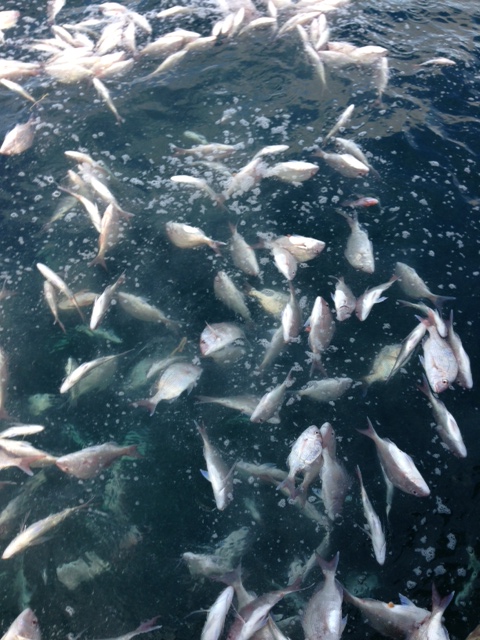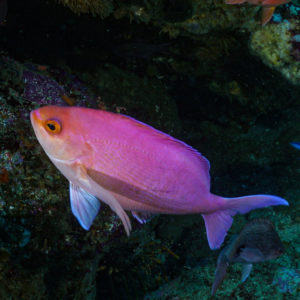In mid-March our team sent a comprehensive submission to Fisheries New Zealand calling for a broad look at fisheries management, to better understand why the Government has decided that electronic monitoring of commercial fishing activity is an unacceptable intrusion into fishing practices. It is important to know the reasons for this stance because other countries with a genuine intention to manage fish discards and dumping have concluded that monitoring and enforcement must form the basis of management.

Interestingly, last year fisheries Minister Stuart Nash was told unequivocally by some industry leaders that dumping of fish will “continue to happen, cameras or no cameras, while the current policy settings remain unchanged”.
Less than a year later the Ministerial commitments since 2013 and the subsequent investment in the IEMRS monitoring programme to install cameras on commercial fishing vessels have been shelved in favour of a raft of policy changes.
The problem is, the Ministry’s proposed policies do not address the real issues. They instead promote benefits to quota owners while imposing more cost and risk on the remaining independent commercial fishers. These fishers are being deliberately squeezed out of the market, unable to access quota and catching rights for key species, or act in an independent manner.
In one of 15 recommendations submitted we reiterated the need for a Royal Commission of Inquiry into both the Quota Management System and the principles of managing our fisheries resources for the benefit of all New Zealanders.
In terms of what can be done better, simple input controls would be more efficient and effective. Closing inshore areas to trawling and seining to protect spawning, schooling and juvenile fish by regulation, and increasing the minimum trawl mesh size would be much more cost effective, easier to monitor, and very simple for all commercial fishers to understand.
A clear signal needs to be given that bulk harvesting in inshore waters will be phased out to protect vulnerable habitats and juvenile fish. This is essential if we are to achieve meaningful progress on ecosystem based management fit for the 21st century.
Having access to productive fisheries in un-trawled areas is essential for the rejuvenation of local commercial, customary and recreational fisheries.
We submitted that closing inshore areas such as the Marlborough Sounds and Hauraki Gulf Marine Park to conventional trawling and seining methods would be a good start, and the proven benefits could be applied to other areas. These areas would be open to commercial fishers who are prepared to innovate and develop low impact, selective fishing methods that land high quality product for local and high-end export markets.
When it comes to removing minimum size limits, we submitted against an uninformed land-all catch policy where it could significantly increase the numbers of fish killed. There are just 11 finfish species with an applicable commercial minimum size limit. These species made up just 7% of the total commercial finfish landings in 2016-17.
The justification presented for removing the minimum size limit seems to apply mostly to the four inshore species targeted by trawling: red cod, snapper, tarakihi and trevally. Requiring accurate and verifiable reporting of sub-legal discards for these species will give an indication of whether there is a problem to solve. It is currently an unknown quantity.
It seems obvious that if there is excessive juvenile catch then removing the fishing methods catching these fish from the area of concern is all that is required. World’s best practice of managing fish stocks at higher levels and a good dose of common sense would go a long way too.
More info
Fisheries Change programme – Our full submission (16 pages)
Our submission in brief – One page summary
Article – Fiddling in the margins of reality
Want to help?
If you want to support this ongoing effort please support us.





